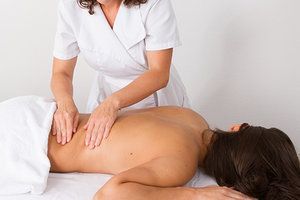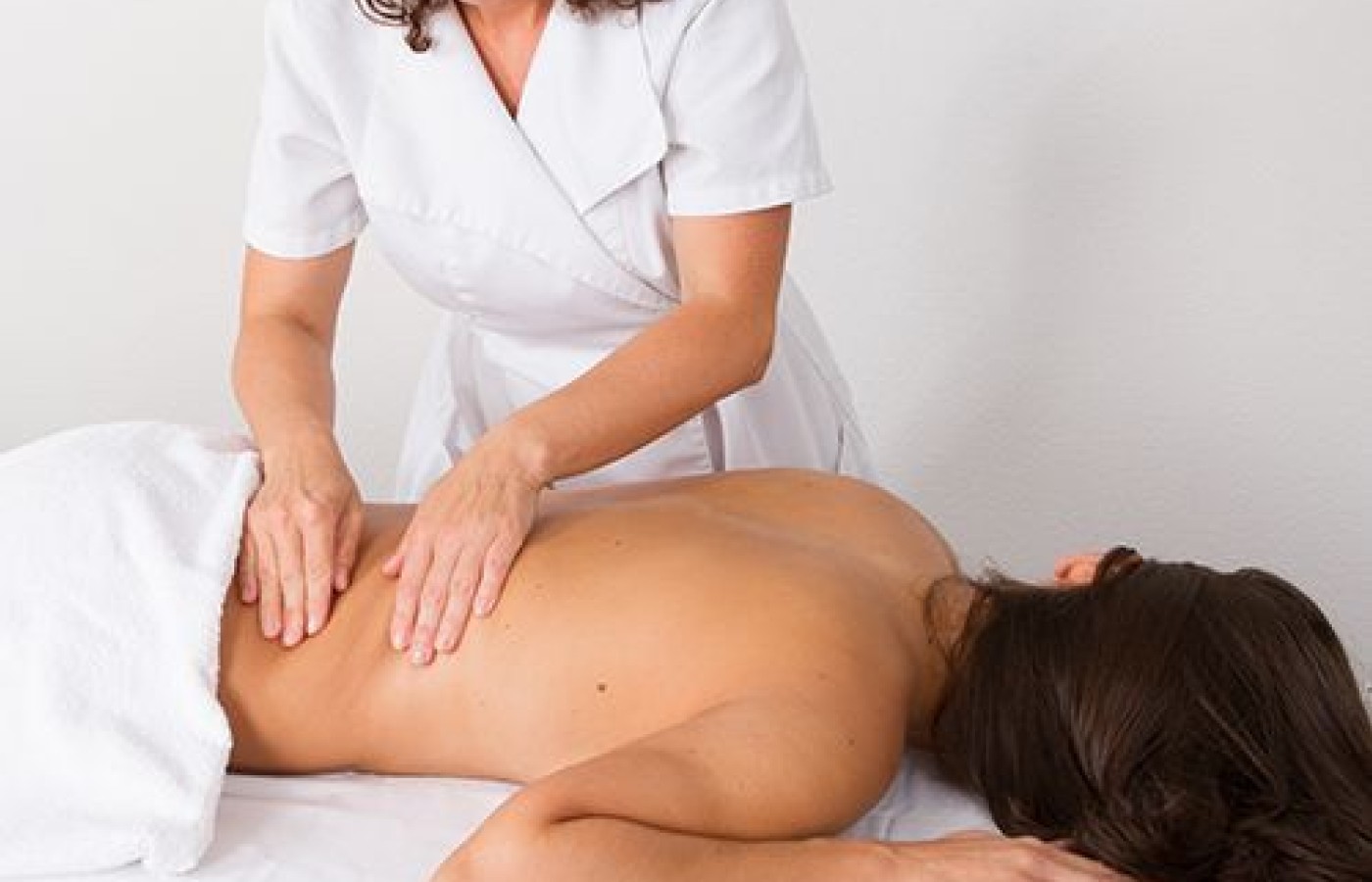Whether you accept it, avoid it or live somewhere in between, insurance coverage has become a defining issue for our profession. Patients increasingly expect to use their benefits, practitioners want to be compensated fairly for their time and expertise, and the system itself remains – at best – fragmented. The encouraging news is that coverage has expanded in meaningful ways. The challenging news is that reimbursement, across the board, remains inadequate.
Using Tuina in the Acupuncture Clinic
The beneficial effects of touch are apparent to anyone who has stubbed their toe on an errant piece of living room furniture – after the initial angrily shouted expletive, we grab the offending digit in our hands because we know that it will help the pain. Keen observers of the human condition, the ancients knew of the connection between healing and touch. Older than most other therapeutic interventions, touch has been a part of the human experience since the earliest of times.
Although the term "tuina" doesn't appear until the Ming Dynasty (1368-1644 CE,1 techniques for the systematic use of therapeutic touch is recorded in the medical literature of China as far back as the Han Dynasty (206 BCE-220 CE).2 It is a time honored and integral part of the modern-day applications of traditional Chinese medicine (TCM).
Advantages of Tuina
Tuina is portable and cost effective, it requires no tools or equipment. Because the treatments are applied with the therapist's hands and arms, a tuina practitioner can provide treatments anywhere they go, with little or no need to prepare.

It is worth noting that when tuina techniques are applied in the clinic, various topical herbs and pre-made formulas can be enormously helpful. Talc (hua shi) as a single herb is used as a dry lubricant, Hit/Fall Wine (dit da jiao) is used on bruises, and a host of other pre-made topicals are readily available that can add various emphasis to your treatments (Clear Heat, Warm, Move Qi and Blood, etc.).
Po Sum On, Zheng Gu Shui, and White Flower Oil are just a few examples of pre-made topicals commonly found in a TCM clinic. Additionally, the patient can receive treatment while sitting, standing, or lying down which provides the therapist with a great deal of flexibility.
An Option for the "No-Needle Patients"
Tuina is also helpful when dealing with patients that are unwilling or unable to have needles inserted. Children or other patients who are scared of needles can still potentially be treated with manual therapies. What the world knows as "acupressure" is a large part of tuina, and the manipulation of acupuncture points with tuina techniques is an important part of a TCM approach to manual therapy. In my own practice I have introduced the wonderful world of acupuncture and Chinese herbal medicine to unwilling, or skeptical patients by treating them with tuina first.
Like every other branch of TCM, tuina is based on thousands of years of medical practice. It uses the same meridians and points used in acupuncture, and it is based on the same theories – Yin/Yang, Qi, Five Elements, Eight Principles, etc. For example, when the patient is suffering from pain due to Cold Bi Syndrome, techniques are chosen that use friction (like chafing) to warm the affected meridian. These effects are easily understood in the context of the energetics of TCM – where we touch is where the Qi goes. The same Qi Gong you practice to stay healthy and maintain your acupuncture skills will also work to benefit your tuina skills.
Therapeutic Touch
The application of therapeutic touch brings with it a variety of physiological and psychological effects. For example, it can reduce stress, anxiety and depression and give the patient an improved sense of well-being.3 The negative impacts from touch deficit are well established, and our modern understanding of wellness makes clear the importance of physical touch in our overall health maintenance.4 The elderly are at particular risk of decreased health outcomes as a result of lack of touch. In my experience, the use of tuina enhances both the patient's therapeutic results and the patient's overall opinion of the treatment, making them more likely to continue treatment.
Regular practice of tuina will improve your palpation skills. Over time your fingers and hands will transform into the TCM equivalent of an X-Ray, complementing your tongue, and pulse-taking evaluations. Additionally, bodywork will help keep your skills current in the use of orthopedic tests, which are part and parcel to the application of tuina. Tracking objective information gleaned from performing orthopedic tests regularly may enhance your diagnostic skills and will also facilitate the communication of findings to your allopathic counterparts.
My Recommended Treatment Plan
When composing treatment plans, tuina easily integrates with whatever other interventions you are using. It is possible to treat a patient with tuina and acupuncture and still have time to do the intake, make the patient herbs, and check them out in a timely manner. For patients who are coming back for a follow-up, I usually allot 10 minutes for intake/check out, 30 minutes for acupuncture, and 20 minutes for bodywork.
Although there aren't hard and fast rules with the treatment time required to receive benefit from manual therapy, 20 minutes of bodywork is a good starting point. This number can be modified based on a number of factors including the patients age, overall health, needle retention time, time allocated for the treatment, the patient's goals, the severity of the disease being treated, and the practitioner's overall experience.
There are many reasons to incorporate tuina into your practice. If you have gotten out of the habit of tuina, find a continuing education course to brush up on your skills. If you have never taken a class, many TCM universities offer educational courses in tuina. If you are not currently using tuina in your practice, it is not too late to start.
References
- Nanjing University of Traditional Chinese Medicine. Chinese Tuina (Massage). Publishing House of Shanghai University (China), 2006.
- Ibid.
- Rattray F, Ludwig L. Clinical Massage Therapy: Understanding, Assessing and Treating Over 70 Conditions. Elora, ON, Canada: Talus Incorporated, 2000.
- Floyd K. "What lack of affection can do to you." Psychology Today, 31 Aug 2013.



